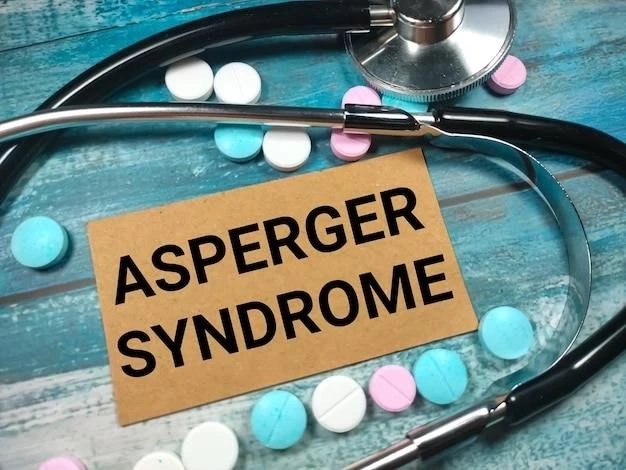Nicolaides-Baraitser Syndrome (NCBRS) is a rare genetic condition characterized by developmental delay, sparse hair, seizures, short stature, dysmorphic facies, and prominent interphalangeal joints.
Definition and Characteristics
Nicolaides–Baraitser Syndrome is a rare congenital multiple malformations syndrome characterized by short stature, sparse hair, coarse facial features, seizures, and intellectual disability. It is caused by mutations in the SMARCA2 gene, affecting SWI/SNF complexes involved in gene regulation.
Genetic Causes of Nicolaides–Baraitser Syndrome
Nicolaides-Baraitser Syndrome is primarily caused by mutations in the SMARCA2 gene, which plays a crucial role in gene regulation through SWI/SNF complexes.
SMARCA2 Gene Mutations
Nicolaides-Baraitser Syndrome is primarily caused by de novo missense mutations in the SMARCA2 gene. These mutations disrupt the function of SWI/SNF complexes involved in gene regulation, leading to the syndrome’s characteristic features.

Clinical Features of Nicolaides–Baraitser Syndrome
Nicolaides-Baraitser Syndrome is characterized by sparse hair, seizures, short stature, coarse facial features, prominent interphalangeal joints, and intellectual disability.
Sparse Hair and Coarse Facial Features
Nicolaides-Baraitser Syndrome is known for its distinct clinical features, including sparse scalp hair, coarse facial characteristics, microcephaly, and prominent interphalangeal joints due to decreased subcutaneous fat, in addition to seizures and developmental delay.
Diagnostic Criteria for Nicolaides–Baraitser Syndrome
The diagnosis of Nicolaides-Baraitser Syndrome is based on clinical features such as developmental delay, sparse hair, seizures, dysmorphic facies, short stature, and the presence of prominent interphalangeal joints.
Developmental Delay and Seizures
Nicolaides-Baraitser Syndrome typically presents with developmental delay and seizures, along with characteristic physical features such as sparse hair, coarse facial traits, and prominence of interphalangeal joints.
Management and Treatment Approaches
Management of Nicolaides-Baraitser Syndrome typically involves supportive therapies to address developmental delays, seizures, and other associated symptoms.
Supportive Therapies and Interventions
The management of Nicolaides-Baraitser Syndrome typically involves supportive therapies aimed at addressing developmental delays, seizures, intellectual disability, and other associated symptoms. Occupational therapy, speech therapy, physical therapy, and educational interventions are often utilized to support individuals with this condition in reaching their maximum potential.

Epidemiology and Prognosis of Nicolaides–Baraitser Syndrome
Nicolaides-Baraitser Syndrome is a rare genetic condition caused by mutations in the SMARCA2 gene, affecting fewer than 200 cases worldwide. The syndrome presents with a range of physical and intellectual disabilities, and the long-term prognosis varies based on supportive interventions and individual manifestations.
Incidence and Global Distribution
Nicolaides-Baraitser Syndrome is an extremely rare genetic condition, with fewer than 200 reported cases worldwide. The syndrome’s incidence is low, and it has been predominantly found in individuals from various geographic locations, emphasizing its global distribution.
Research and Future Directions
Ongoing studies focus on understanding the genetic underpinnings and pathophysiology of Nicolaides–Baraitser Syndrome to pave the way for potential therapeutic advances and improved management strategies.
Ongoing Studies and Potential Therapeutic Advances
Research on Nicolaides-Baraitser Syndrome focuses on unraveling the genetic mechanisms underlying the condition to explore potential therapeutic advancements. Continued studies aim to enhance the understanding of this rare syndrome and develop novel treatment approaches.
